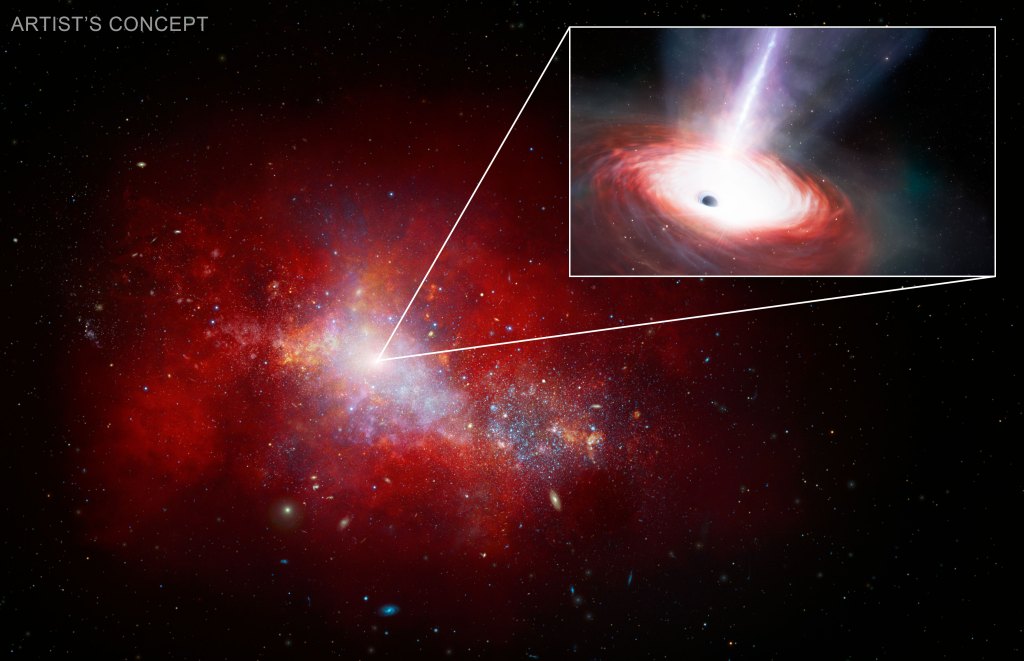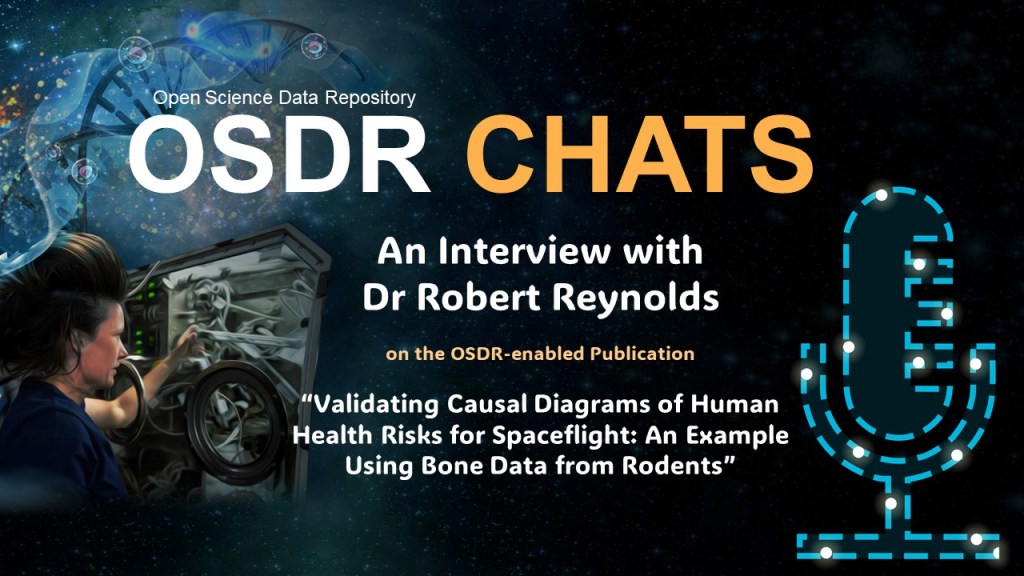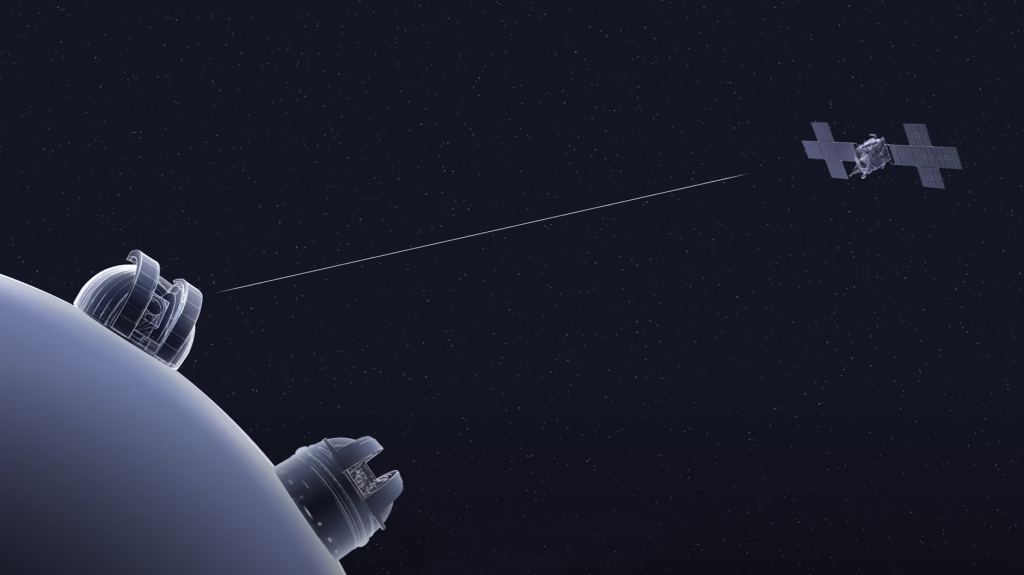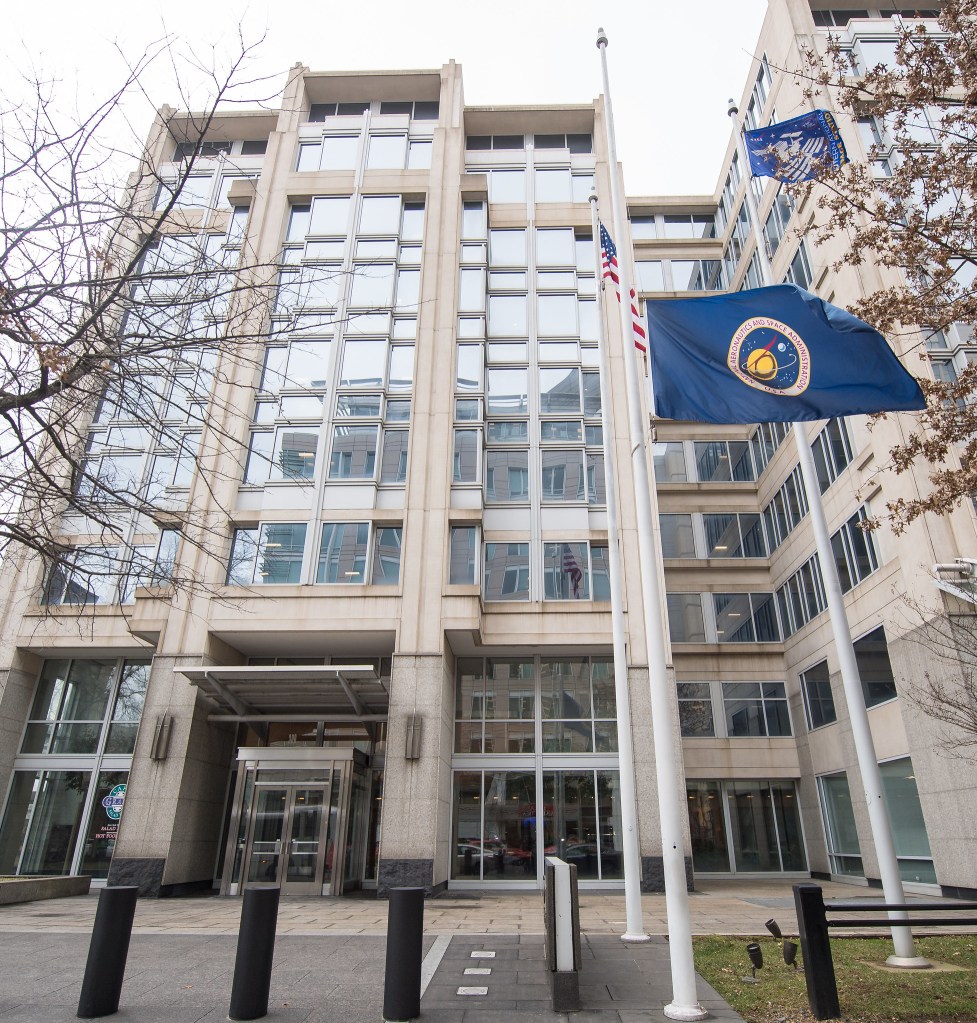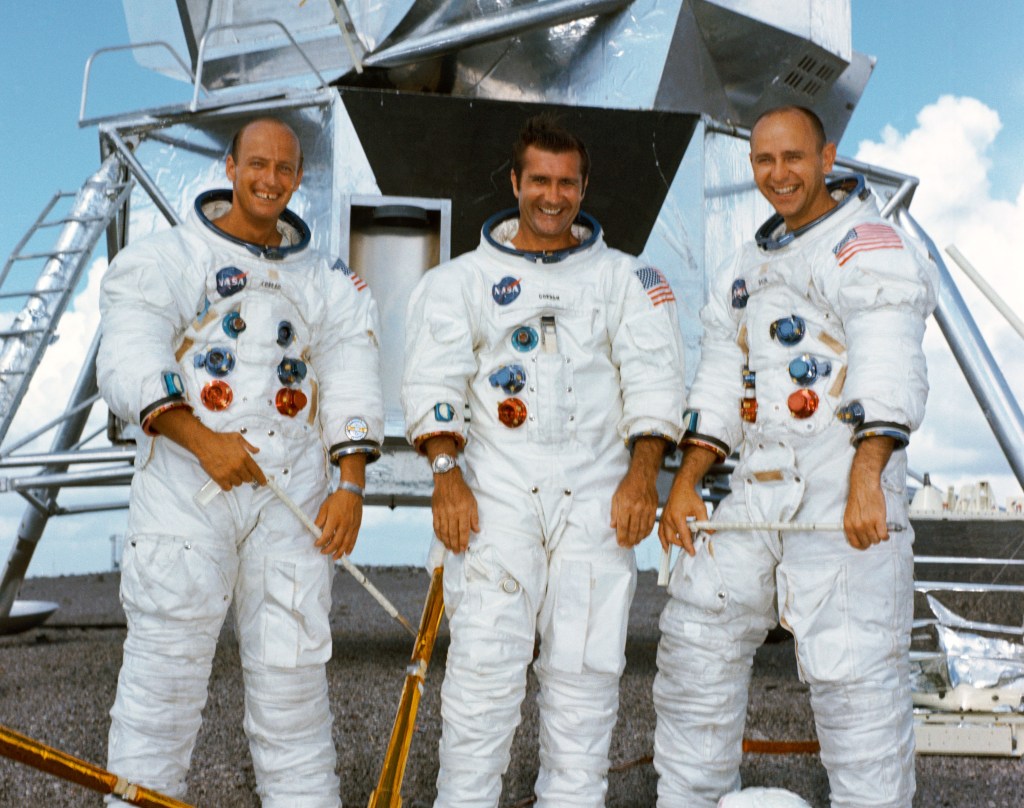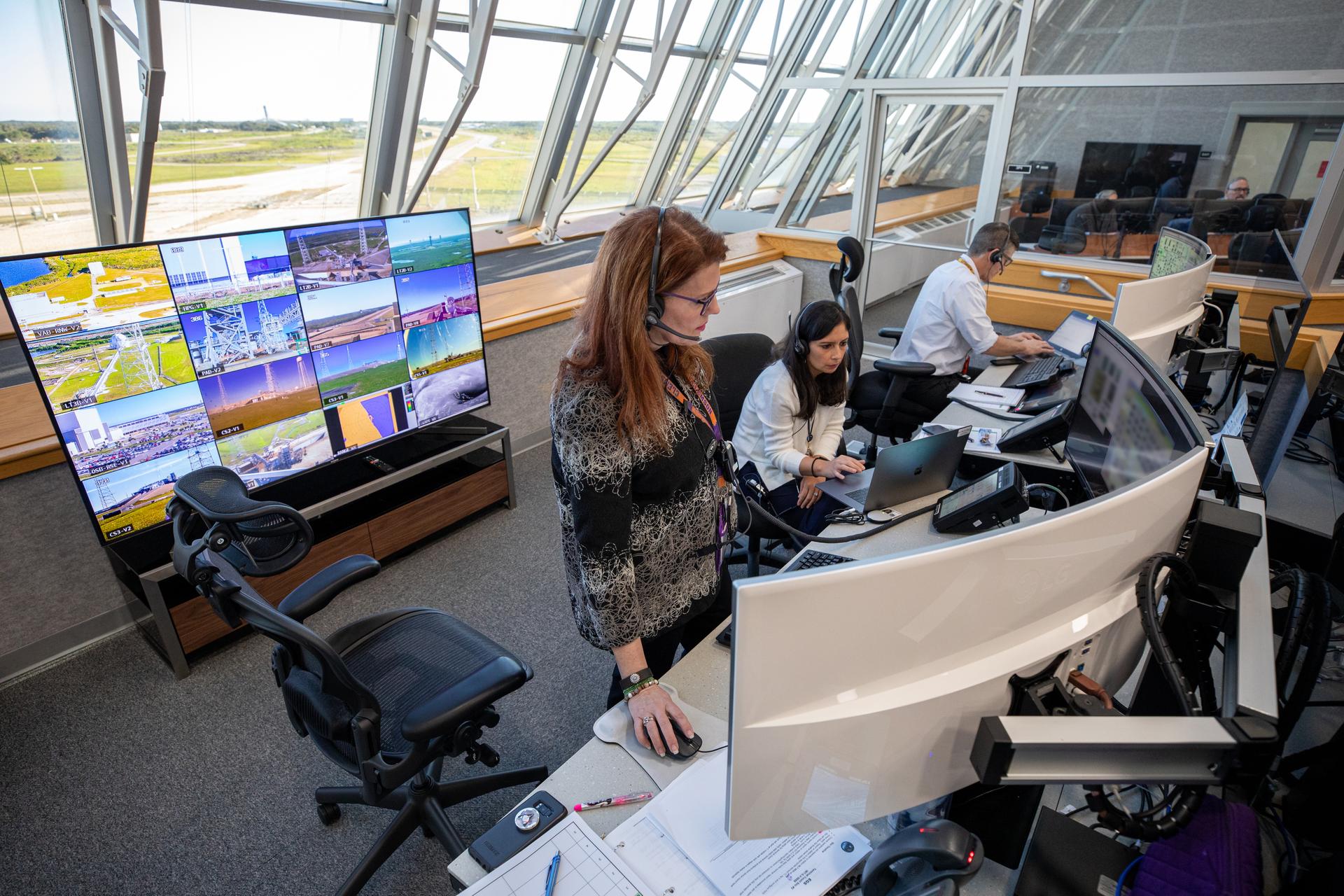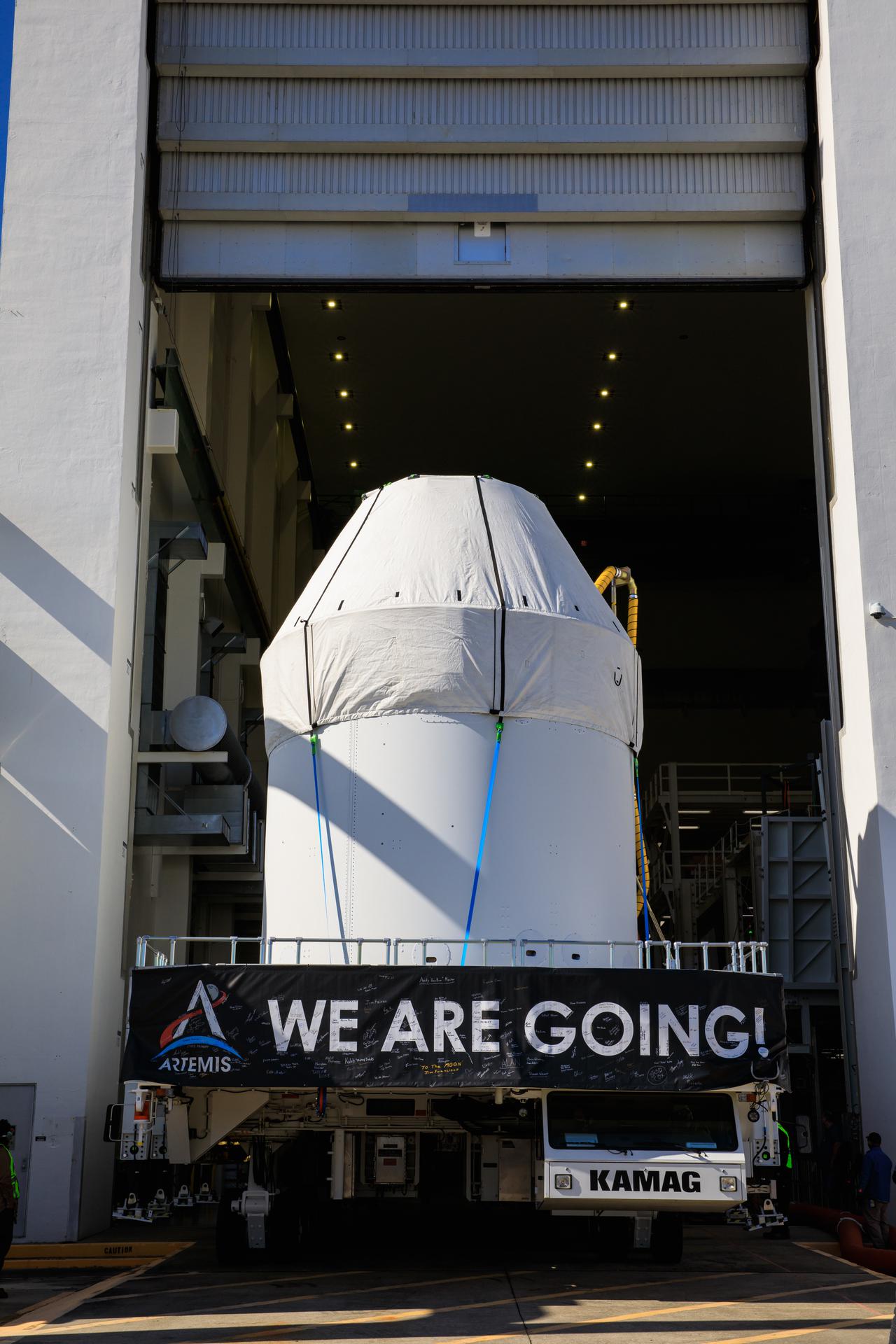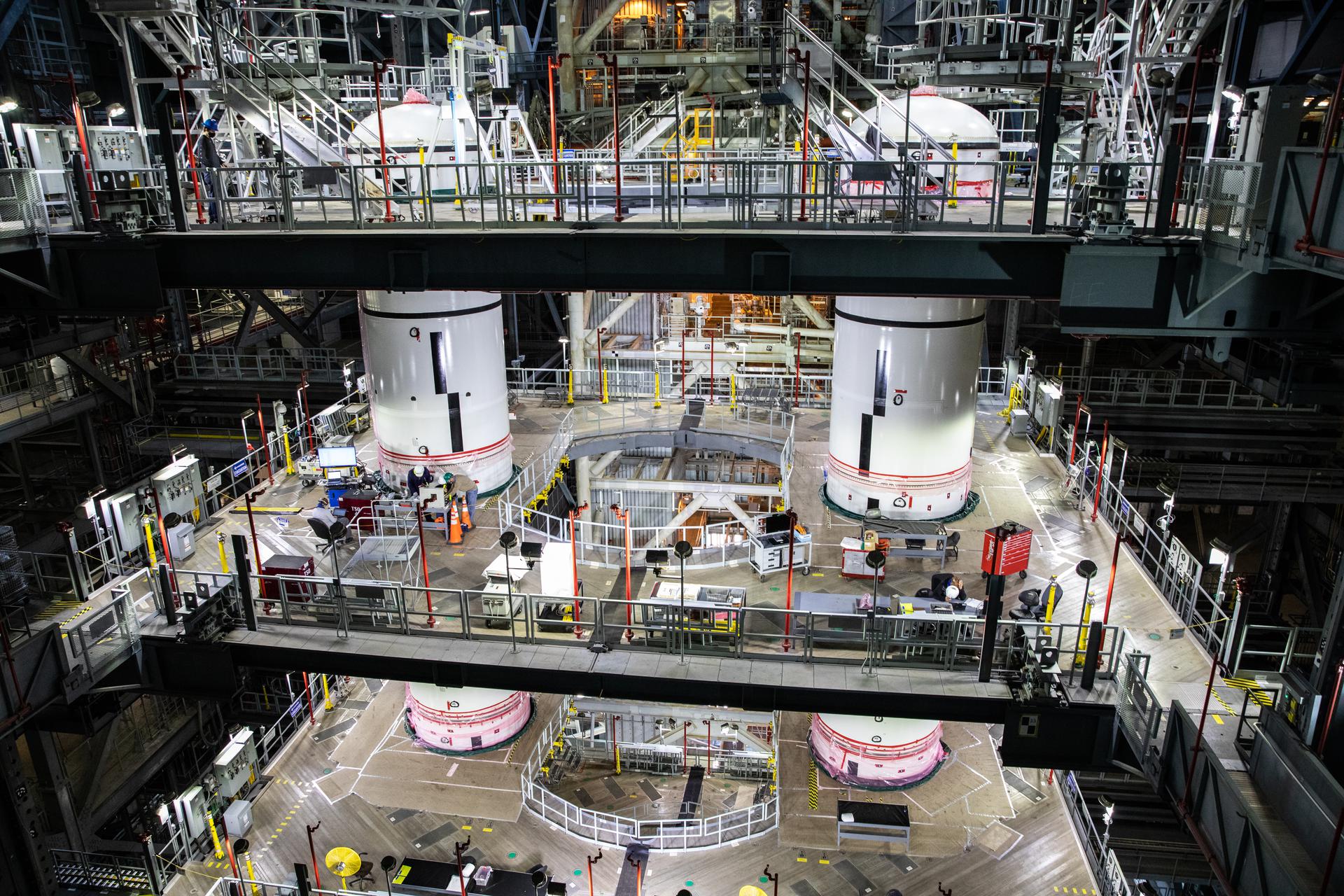By Jim Cawley
NASA’s Kennedy Space Center
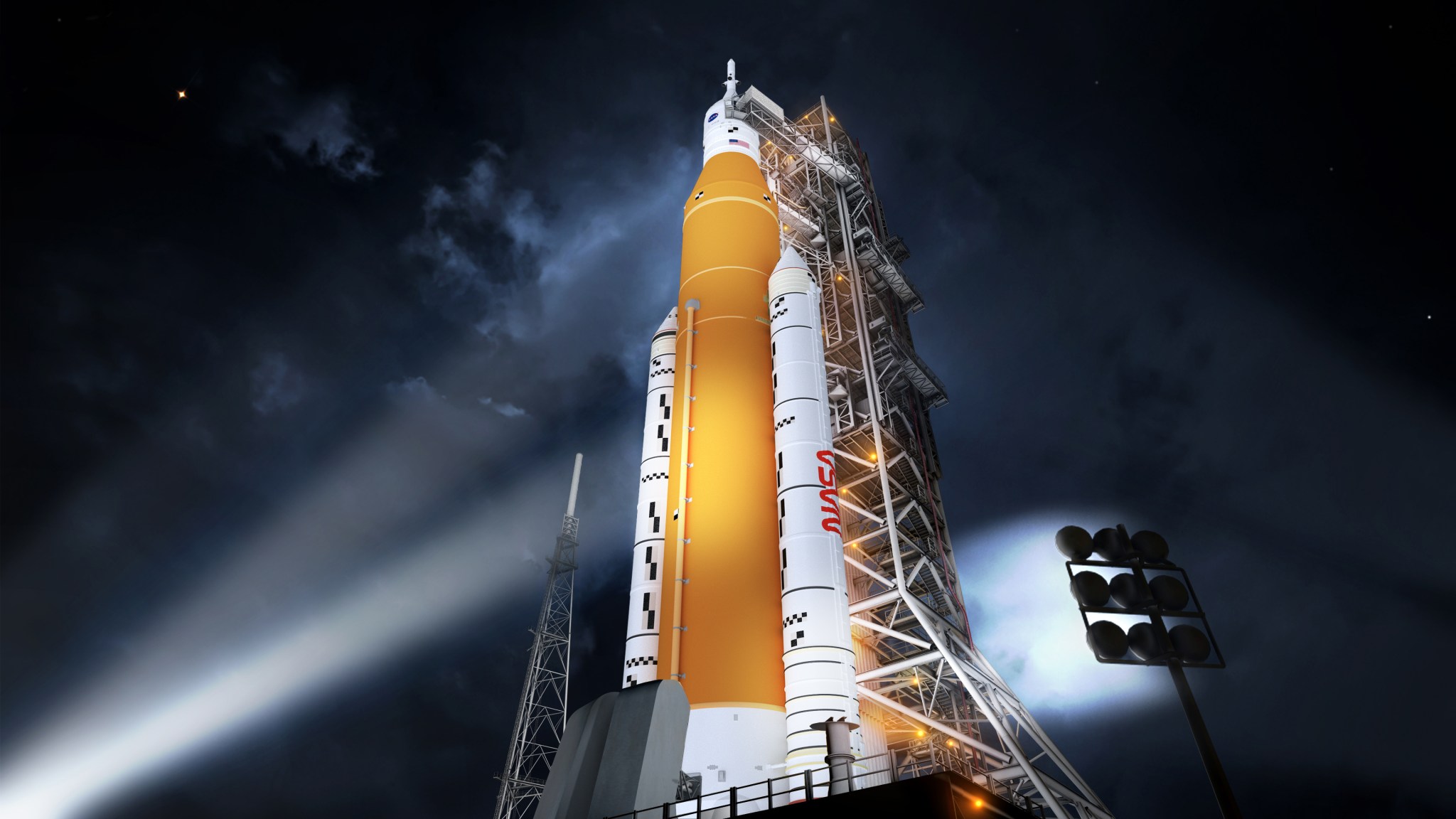
The rocket that will take America and its international partners back to the Moon will launch from NASA’s Kennedy Space Center. With a busy year ahead, the team at Kennedy is preparing for the Artemis I mission in which the Space Launch System (SLS) rocket lifts off the pad and sends the Orion spacecraft on its way to the Moon.
“We are entrusted to integrate, test, and launch Artemis I flight hardware, and when the mission is done, to recover the Orion crew module,” Artemis Launch Director Charlie Blackwell-Thompson said. “Our nation is on a journey back to the Moon, and the work we are doing on Artemis I is allowing us to put boots on the Moon once again.”
Each of the 10 segments of the two SLS solid rocket boosters are fully stacked on the mobile launcher and ready for further integration and testing with other flight components.
“Stacking the solid rocket boosters is a huge milestone,” Senior Vehicle Operations Manager Cliff Lanham said. “It means the rocket is being assembled on the mobile launcher and we are in the final stages of a long journey – getting to launch Artemis I.”
Exploration Ground Systems (EGS) teams at Kennedy are preparing to receive the last piece of flight hardware for Artemis I: the core stage of the SLS rocket, which will arrive after a second hot fire test is conducted at Stennis Space Center in Mississippi. After the test, it will take about a month to review the test data and make refurbishments before shipping the core stage on the Pegasus barge to Kennedy, where it will be transported to the Vehicle Assembly Building (VAB).
Once inside the iconic building, the core stage will undergo inspections before it is lifted out of the transfer aisle by a 175-ton crane. Then, a 325-ton crane will be used to stack the core stage atop the mobile launcher, joining the twin solid rocket boosters.
In parallel with SLS integration, Kennedy is preparing the Orion space capsule for flight. This includes a recent move of the spacecraft out of the Neil Armstrong Operations and Checkout Building to the Multi-Payload Processing Facility. Teams have begun fueling and servicing the capsule with time sensitive commodities ahead of moving the spacecraft to the next facility for integration with the launch abort system.
Once the system is fully integrated, the entire spacecraft will journey across the center to the VAB, where it will be lifted and stacked atop the rocket – specifically placed above the Orion stage adapter, which will come to the VAB loaded with 13 small secondary satellite payloads or CubeSats. These CubeSats will deploy during the mission and conduct individual science missions and technology demonstrations.
Once stacked atop the rocket, the Orion capsule will be loaded with several payloads that will inform future missions with astronauts: including multiple types of radiation sensors, sensors to measure loads astronauts will experience, the Matroshka AstroRad Radiation Experiment, and four biology experiments.
Blackwell-Thompson is eagerly awaiting the first joint launch countdown simulation, slated for the spring. Though her team has many hours of training under its belt, this exercise will be the first time supporting centers and the flight control team join launch control to simulate launch together. There will be 12 additional simulations this year before launch day, including six other joint launch countdown simulations.
Outside the launch control center, NASA is currently conducting crawlerway conditioning, an activity that will demonstrate the 4.3-mile-long by 130-foot-wide path from the VAB to the launch pad can handle the weight of the SLS.
“We have new flight hardware, new facilities, new ground equipment, new software, and a new team,” EGS Program Manager Mike Bolger said. “This past year brought unexpected challenges, but it has only increased our resilience and heightened our resolve. Today, we accept the responsibility that we have been given, and we appreciate the opportunity. We are ready.”
Accomplishing these milestones in the midst of a pandemic comes with unique challenges. Teams have found ways to safely adapt to changing environments, including the use of new personal protective equipment and work tools to increase virtual collaboration.
“The NASA/Jacobs Crawler transportation team consists of many engineers and technicians who have continued to transport flight and ground hardware equipment around the center during these times without missing a beat,” Crawler Transporter Engineering Operations Manager John Giles said.
During Artemis I, Orion will fly farther than any spacecraft built for humans has ever flown. The uncrewed mission will provide a foundation for human deep space exploration and demonstrate NASA’s commitment and capability to extend human existence to the Moon and beyond prior to the first flight with crew on Artemis II. Under the Artemis program, NASA will land the first woman and next man on the Moon and prepare for human missions to Mars.






